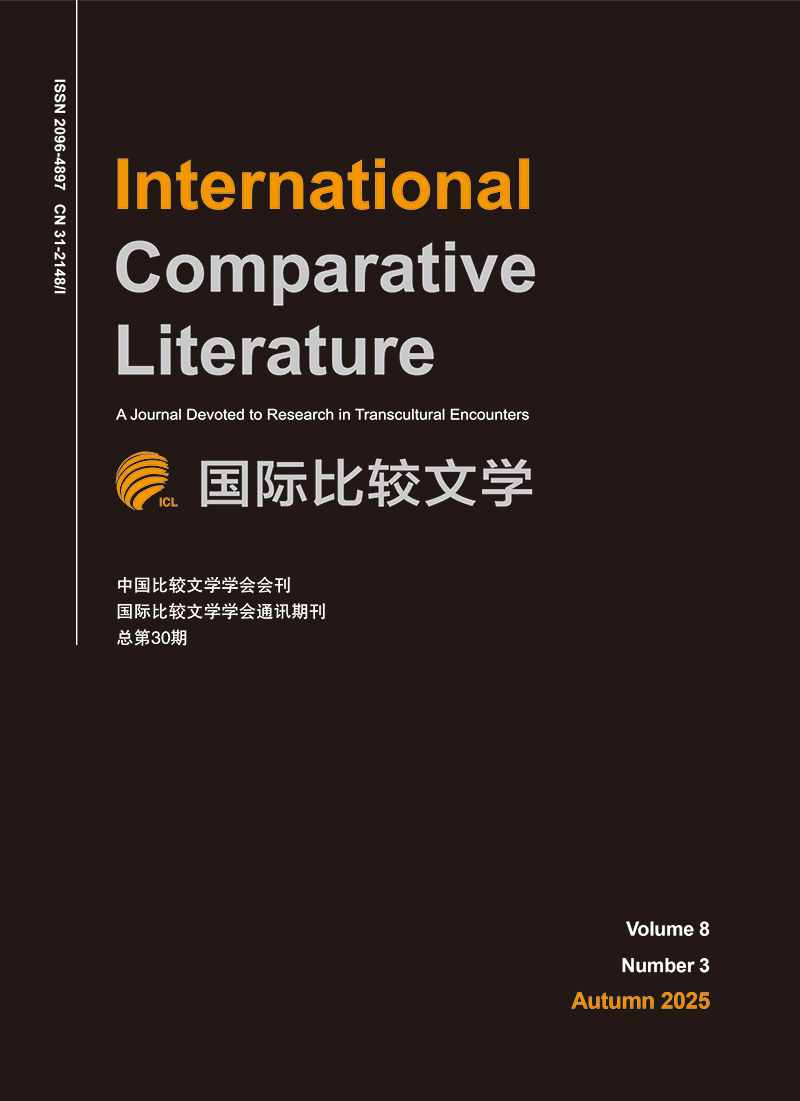-
摘要: 假传是借鉴史书人物传记的手法为器、物等作传,并寄寓作者一定的创作理念、人生理想和对社会的看法,韩愈的《毛颖传》被视为中国假传体的滥觞之作。高丽朝时期中国的假传体作品传入朝鲜,此时恰逢朝鲜汉文学繁荣的发展期,假传体作品的假托性、寓言性与当时朝鲜武臣政变、武臣专政的特殊政治文化背景相适应,迅速为高丽文人所采用,出现了大量的以动物、植物、事物拟人化的假传之作。这些假传之作,往往附会了大量的中国文化典故来虚构主人公的一生或家世,以此来影射当时社会、时政、官场现实。到了朝鲜朝时期,林悌的《愁城志》首次将心性拟人化,具有开创意义。这部作品兼具传记与小说的双重特点,又带有一定程度方志体的特征,上承器物假传,下启心性拟人系列小说。与之前的假传之作不同,《愁城志》中的典故不仅仅是针砭讽刺,抨击历史和现实,作者还借引典故委婉、隐晦地表明自身的政治立场,抒发自身的愁苦心绪。《愁城志》中所引的中国文化典故类型丰富多元,主要可以分为涉“心”之典、涉“城”之典和涉“酒”之典;其用典方式新颖别致,既有化用其意、隐括重绎的,又有集句为文的,灵活多变,独具特色。从林悌对假传体的发展以及其超拔的使事用典的创作能力来看,既反映了中朝文化与文学的关系十分密切,也反映了林悌对中国文化的熟知与认同,以及在吸收中国文学影响时所发挥的创作精神。Abstract: Pseudo-biographies refer to the techniques of borrowing biographies of historical figures to convey the author's creative ideas,ideals of life,and views of society. Han Yu's A Biography of Mao Ying is considered the origin of the genre of pseudo-biography in China. Pseudo-biographical works from China were introduced to Korea during the Goryeo period, coinciding with the flourishing development of Han literature in Korea. The pseudo-biographical and allegorical nature of these works were adapted to the special political and cultural background of the Korean military coup and dictatorship at that time,and were soon adopted by Goryeo literati. A considerable number of pseudo-biographies based on personified animals, plants,and inanimate objects emerged. These pseudo-biographies were often accompanied by a myriad of Chinese cultural allusions to fictionalize the life or family history of the main protagonist,thus insinuating the reality of the society,current politics and officialdom at that time. During the Joseon Dynasty,Lim Jae's Su-Seng-Ji(The Record of the Castle of Sorrow) anthropomorphized the human mind for the first time,which is of pioneering significance. This work has both the characteristics of biography and novel,and also has the characteristics of local gazetteer to a certain extent. Not only did the work inherit the artifact pseudo-biography from the outset,but it also inspired a series of novels that personify the human mind. Unlike in previous pseudo-biographies,the allusions in Su-Seng-Ji are not only sarcastic,but also reveal the author's own political stance and his personal sadness euphemistically. The types of Chinese cultural allusions quoted in Su-Seng-Ji are rich and diverse,and can be mainly categorized into allusions to“heart,”“city,”and“wine.”The use of allusions is original,flexible and unique in terms of meaning,implicit repetition,and the intertextual appropriation of collected sentences. Lim Jae's contribution to the development of pseudo-biography and his extraordinary use of allusion not only reflect the close connection between Chinese and Korean cultures and literatures,but also manifest Lim Jae's familiarity with and identification with Chinese culture and his innovative spirit to absorb the influence of Chinese literature.
-
Key words:
- Lim Jae /
- Su-Seng-Ji /
- types of allusion /
- citation methods /
- characteristics of citations
-
[1] . (元)陈澔注、金晓东校点《礼记》,上海古籍出版社,2016年。 [2] . 陈蒲清、(韩)权锡焕《韩国古代寓言史》,岳麓书社,2004年。 [3] . 金健人《韩国天君系列小说与中国程朱理学》,《外国文学评论》2003年第 2期。 [4] . 金宽雄、金晶银《韩国古代小说史略》,北京大学出版社,2011年。 [5] . (韩)金台俊著、全民华译《朝鲜小说史》,民族出版社,2008年。 [6] . 李官福、谭轶操《林悌汉文小说创作探析》,《东疆学刊》2020年第 3期。 [7] . 李杉婵《古代朝鲜“心性假传”作品〈愁城志〉研究》,《内蒙古电大学刊》2022年第 3期。 [8] . 李岩《中韩文学关系史论》,社会科学文献出版社,2003年。 [9] .林明德《韩国汉文小说全集》第 6卷,国学资料院,1999年。 [10] . (韩)闵宽东《中国古典小说在韩国之传播》,学林出版社,1998年。 [11] . 孙惠欣《朝鲜古代汉文小说中的文化因素研究》,中华书局,2023年。 [12] . 孙萌《儒学视域下的朝鲜汉文小说研究》,上海师范大学博士论文,2012年。 [13] . 孙逊《东亚儒学视域下的韩国汉文小说研究》,《文学评论》2021年第 2期。 [14] . 王耀辉《文学文本解读》,华中师范大学出版社,1999年。 [15] . 汪燕岗《韩国汉文小说研究》,上海古籍出版社,2010年。 [16] . 韦旭昇《朝鲜文学史》,北京大学出版社,1986年。 [17] . 杨伯峻《论语译注》,中华书局,2022年。 [18] . 杨伯峻《孟子译注》,中华书局,2022年。 [19] . 杨昭全《朝鲜汉文学史》,吉林人民出版社,2020年。 [20] . 赵克勤《古汉语修辞简论》,商务印书馆,1983年。 [21] . 张哲俊《东亚比较文学导论》,北京大学出版社,2004年。 [22] . 周振甫《文心雕龙今译》,中华书局,1986年。 [23] . (宋)朱熹《四书章句集注》,中华书局,2016年。 -

 点击查看大图
点击查看大图
计量
- 文章访问数: 254
- HTML全文浏览量: 63
- PDF下载量: 11
- 被引次数: 0



 下载:
下载:

